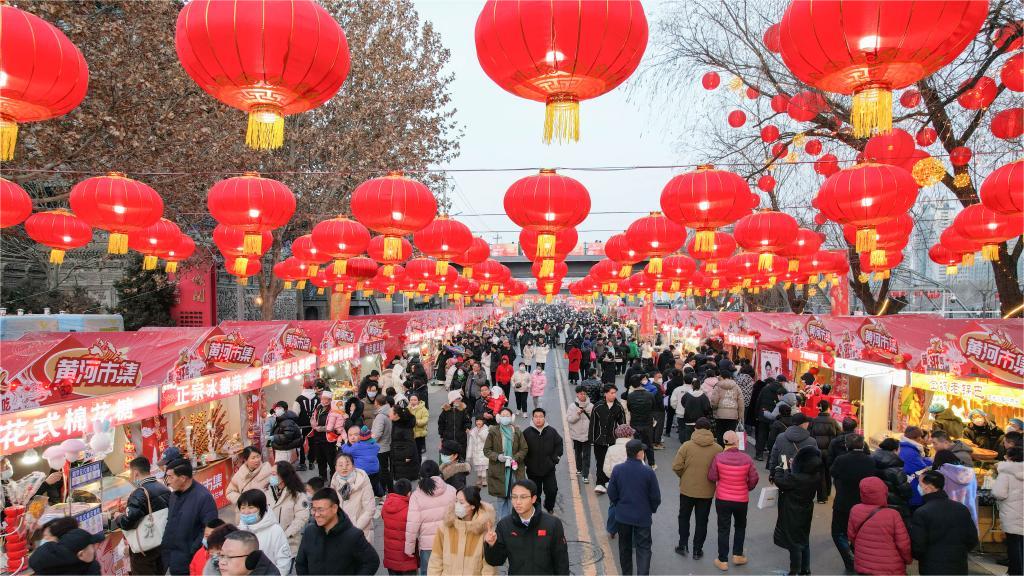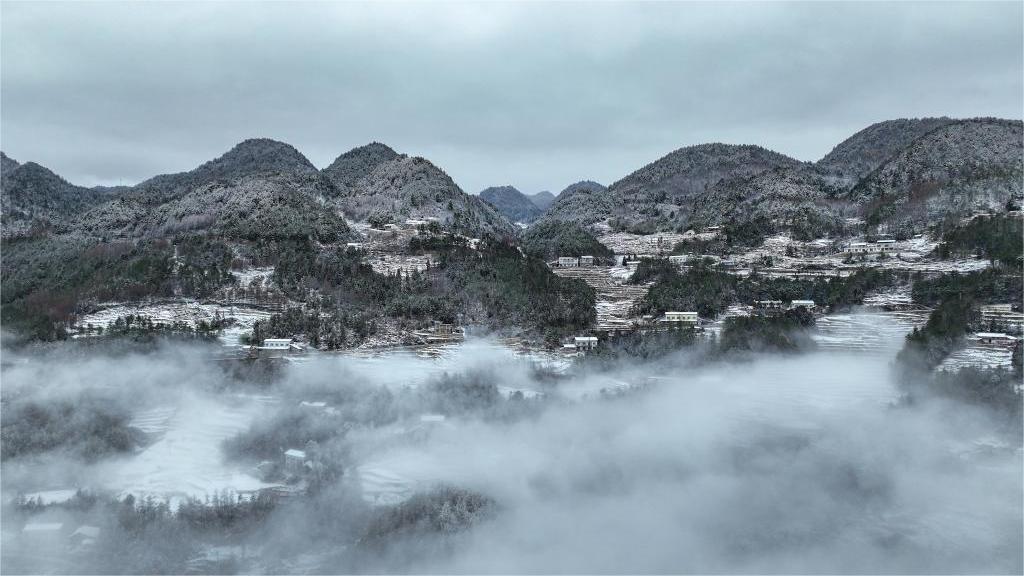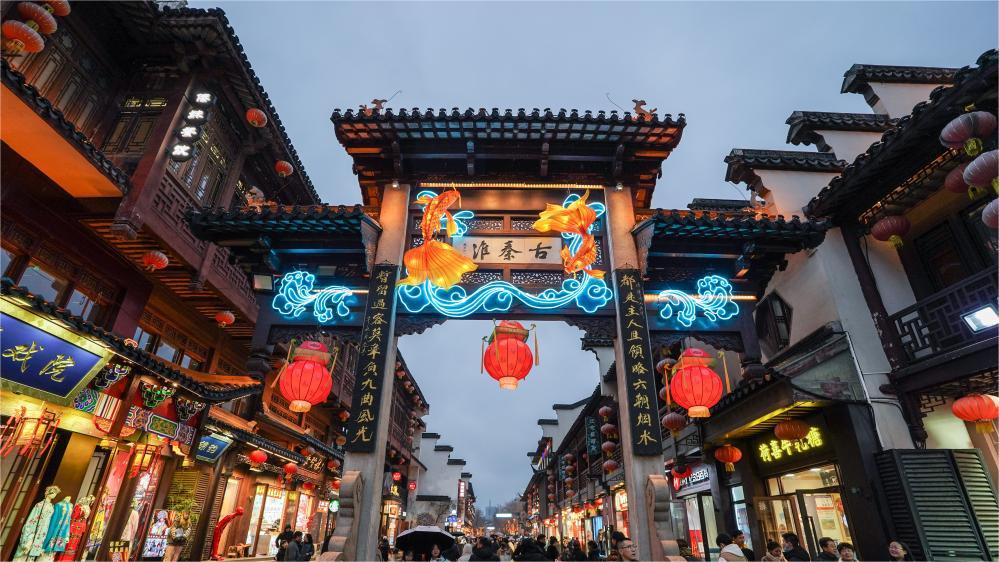Explainer: What you need to know about Pakistan's election
ISLAMABAD, Feb. 7 (Xinhua) -- Pakistan is gearing up for Thursday's general elections, with two major political parties, Pakistan Muslim League-Nawaz (PML-N) and Pakistan People's Party (PPP), alongside several other parties fielding their candidates across the four provinces of the South Asian country.
The third major political party, Pakistan Tehreek-e-Insaf (PTI), is absent from the election race this year, as the party lost its election symbol following a verdict given by the country's apex court. The party is leveraging its public appeal to field its members as independent candidates in the elections.
SURGING NUMBER OF VOTERS
According to the Election Commission of Pakistan (ECP), over 127 million Pakistani people, or more than half of the country's total population, are eligible to vote in the general election. About 22 million more voters have been registered than the last general elections in 2018, which had nearly 106 million registered voters.
The ECP added that the number of female voters has increased from 46.7 million in 2018 to 58.5 million this year, making them about 46 percent of the total registered voters. Male voters, on the other hand, comprise 54 percent, or 68.5 million, of the total voters.
The country has 167 registered political parties, while the ECP has registered nearly 18,000 candidates, including 11,785 independent and 6,031 belonging to various political parties, vying for seats in the national and provincial assemblies.
According to the ECP, 260 million ballot papers for all constituencies in the country have been printed, compared with 220 million in the 2018 elections.
Voters will exercise their right to vote for representatives on 266 constituencies of the national assembly, who will form the country's 16th parliament which will elect the country's speaker, deputy speaker, prime minister and president.
The voters will also choose lawmakers for 740 provincial assembly seats for the four provincial assemblies of the country.
POLITICAL CAMPAIGN
The leadership and candidates of PML-N, PPP and other small parties were holding rallies in their constituencies and other parts of the country, encouraging the voters to vote for them.
Faced with various challenges this year, the PTI adapted its campaign strategy by leveraging social media platforms such as X and TikTok, organizing virtual rallies that drew hundreds of thousands of people online.
The party also employed artificial intelligence (AI) technology for voice-overs of its incarcerated leader, Imran Khan, disseminating Khan's messages across social media channels.
IMPACT ON ECONOMY
Pakistan has allocated 17.4 billion rupees (over 62 million U.S. dollars) for the general elections, according to the finance ministry. The money is being spent on printing the ballot papers and managing more than 92,500 polling stations across the country.
The elections are also seen as one of the major economic activities of the year as the ECP has allowed every candidate to spend up to 10 million rupees (35,874 dollars) on election campaigns, and the candidates are spending much more than that on the election campaigns.
Security has also been beefed up as 17,500 polling stations are categorized as highly sensitive, while 32,508 have been classified as sensitive.
Local analysts said the elections are hoped to usher in a renewed sense of stability, both politically and institutionally, thereby fostering an environment conducive to economic growth and bolstering security measures.
Kulsoom Sumra, associate professor of the Centre for Policy Studies at Comsats University Islamabad, told Xinhua that voters hope that the elections will instill confidence among investors and stakeholders, stimulating economic activity, which will contribute to job creation, poverty alleviation and overall prosperity.
Photos
Related Stories
- Pakistani PM affirms commitment to consolidate bilateral ties with Iran
- China welcomes progress on restoration of Iran-Pakistan relations: spokesperson
- China to continue playing positive role in improving relations between Iran, Pakistan: FM spokesperson
- Thick blanket of fog in Pakistan's capital affects routine life
- Pakistan recalls ambassador from Iran
- Pakistani PM calls for deepening int'l cooperation to ensure global health security
Copyright © 2024 People's Daily Online. All Rights Reserved.









